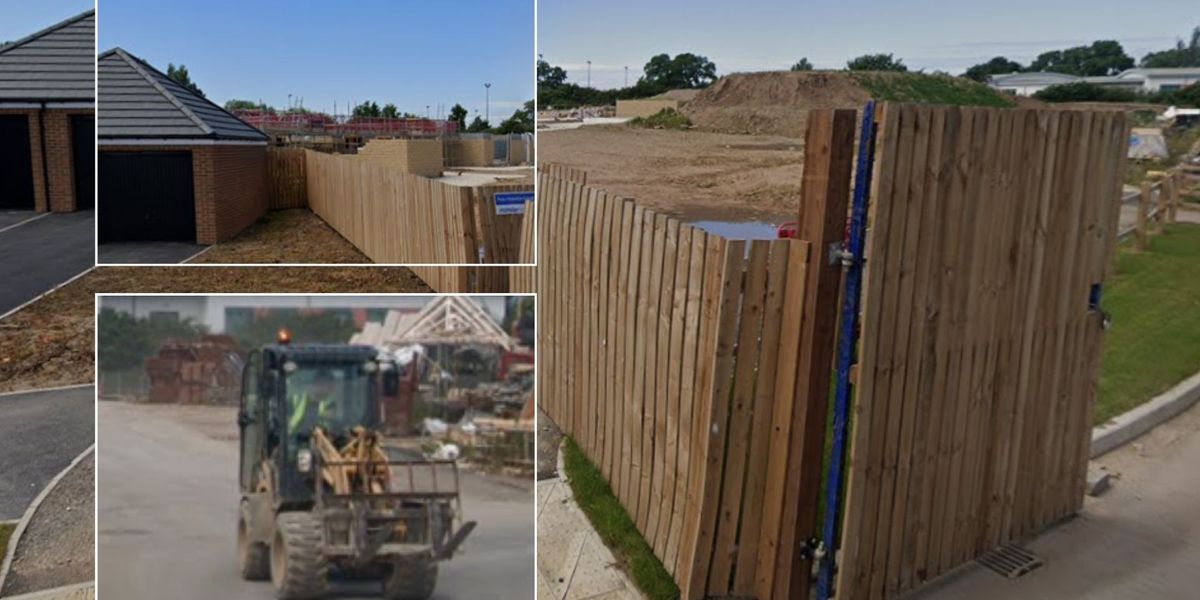Ukraine has said was battling 50,000 troops in Russia’s border Kursk region while also scrambling to reinforce two besieged fronts in the east and bracing to meet an infantry assault in the south.
The escalating fighting along a more than 600-mile frontline is stretching Ukraine’s already outnumbered troops at a critical moment after Donald Trump won the US election, raising fears that the president-elect could cut the funding provided by Kyiv’s biggest military supporter.
Russia is reportedly sending thousands of soldiers to reclaim the border region of Kursk, where it has been fighting off an assault by the Ukrainian military since the summer. That attack has carved out a chunk of lens that President Volodymyr Zelensky said could be used as a bargaining chip.
“Following the order of their military leadership, they are trying to dislodge our troops and advance deep into the territory we control,” General Oleksandr Syrskyi, the chief of the Ukrainian military, said a day after the New York Times reported, citing US intelligence, that tens of thousands of Russian North Korean troops were headed to Kursk.
General Syrskyi said the Kursk operation had drawn in crack Russian fighters and relieved pressure that would have been brought to bear on several important outposts in the eastern region of Donetsk, where Russia has been making gains at its fastest clip since 2022.
“These tens of thousands of enemies from the best Russian shock units would have stormed our positions in the Pokrovsk, Kurakhove or Toretsk directions, which would have significantly worsened the situation at the front,” he said.
In a post on Telegram, Mr Zelensky said Ukraine was facing almost 50,000 troops in Kursk, adding that Kyiv would also “considerably strengthen” its positions on the Pokrovsk and Kurakhove fronts, where the most active fighting is taking place.
Russia has been closing in on Pokrovsk, a strategic road and rail hub that has a coal mine. The small industrial town of Kurakhove is home to a major coal-powered thermal power plant.
General Syrskyi, though, made no mention of the possible presence of North Korean soldiers.
The US, South Korea and Ukraine have claimed that North Korea has sent around 10,000 soldiers to join Russia’s fight amid rising concerns over Pyongyong’s involvement in the war.
A former first lieutenant in North Korea’s army told the Associated Press last week that Pyongyang’s troops were “cannon fodder because they will be sent to the most dangerous sites and will surely be killed”.
Russia has not confirmed or denied the presence of North Korean troops on its territory. Mr Putin on Saturday signed into law a treaty deepening Moscow’s strategic partnership with Pyongyang and providing for mutual defence in the event of an attack on either of them.
Ukraine last week said its forces had already engaged with North Korean troops on the battlefield. “The first North Korean troops have already been shelled, in the Kursk region,” Andrii Kovalenko, head of the counter-disinformation branch of Ukraine’s Security Council, wrote on Telegram.
A Ukrainian military spokesperson also told Reuters that Russia was also moving trained assault groups to forward positions in the southern Zaporizhzhia region and that they were preparing to attack.
The southern front has seen far less fighting since 2023 when Ukraine launched a major counteroffensive that failed to break through heavily defended and mined lands held by Russia.
“[The assaults] could begin in the near future, we’re not even talking about weeks, we’re expecting it to happen any day,” said Vladyslav Voloshyn, spokesperson for the southern military sector.
Although it was not clear if they would involve a single offensive push or separate assaults, intelligence assessed that Moscow’s troops planned to use armoured vehicles and a considerable number of drones, he said.
“They are preparing both armoured groups and light vehicles – buggies, motorcycles – to conduct these assault operations,” he added.
Russia has already carried out preliminary reconnaissance and stepped up air strikes in the south by around 30 pe cent to 40 per cent in the last two-three weeks, using bombers and unguided air missiles, he added.
Reuters contributed to this report













